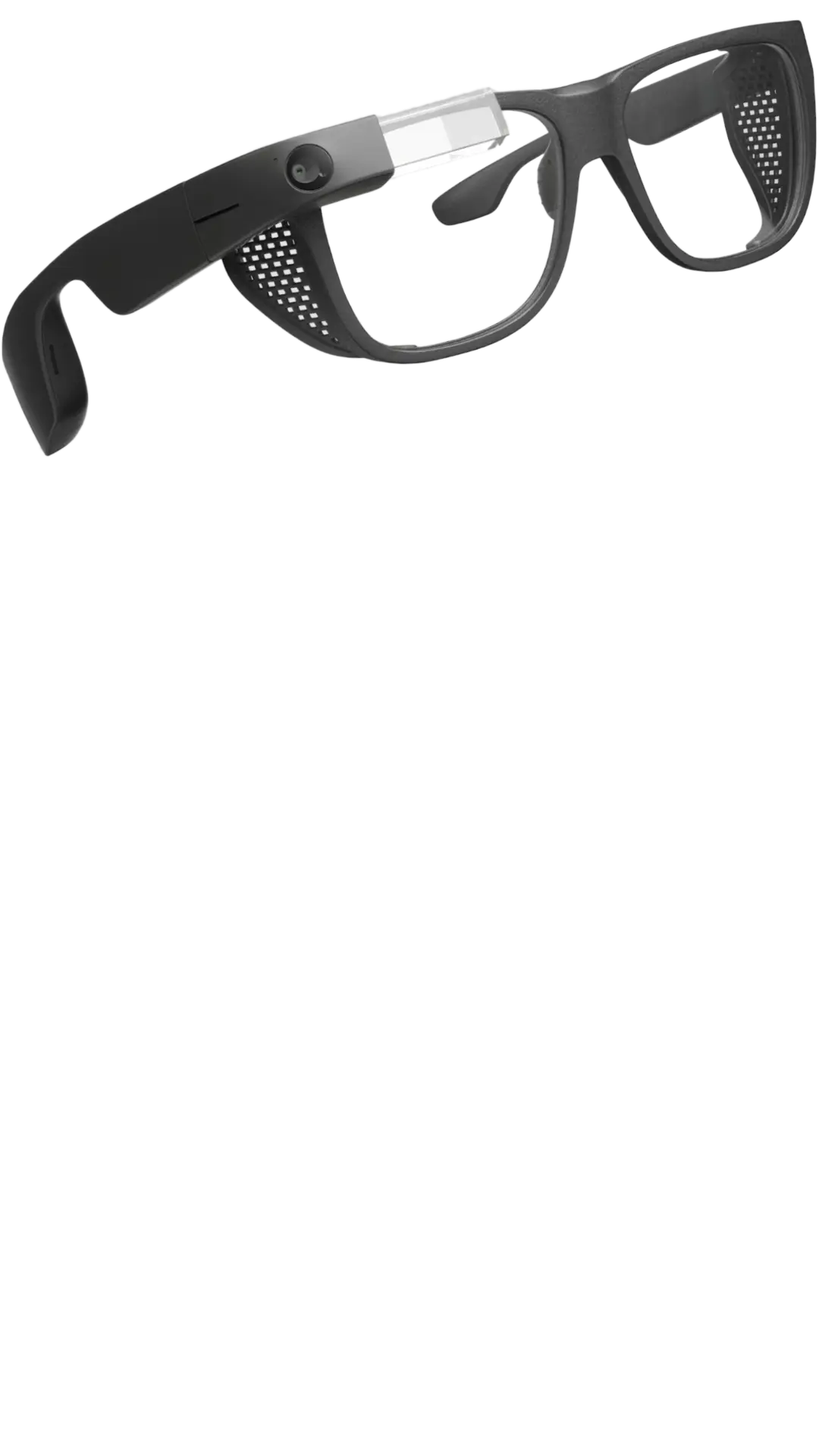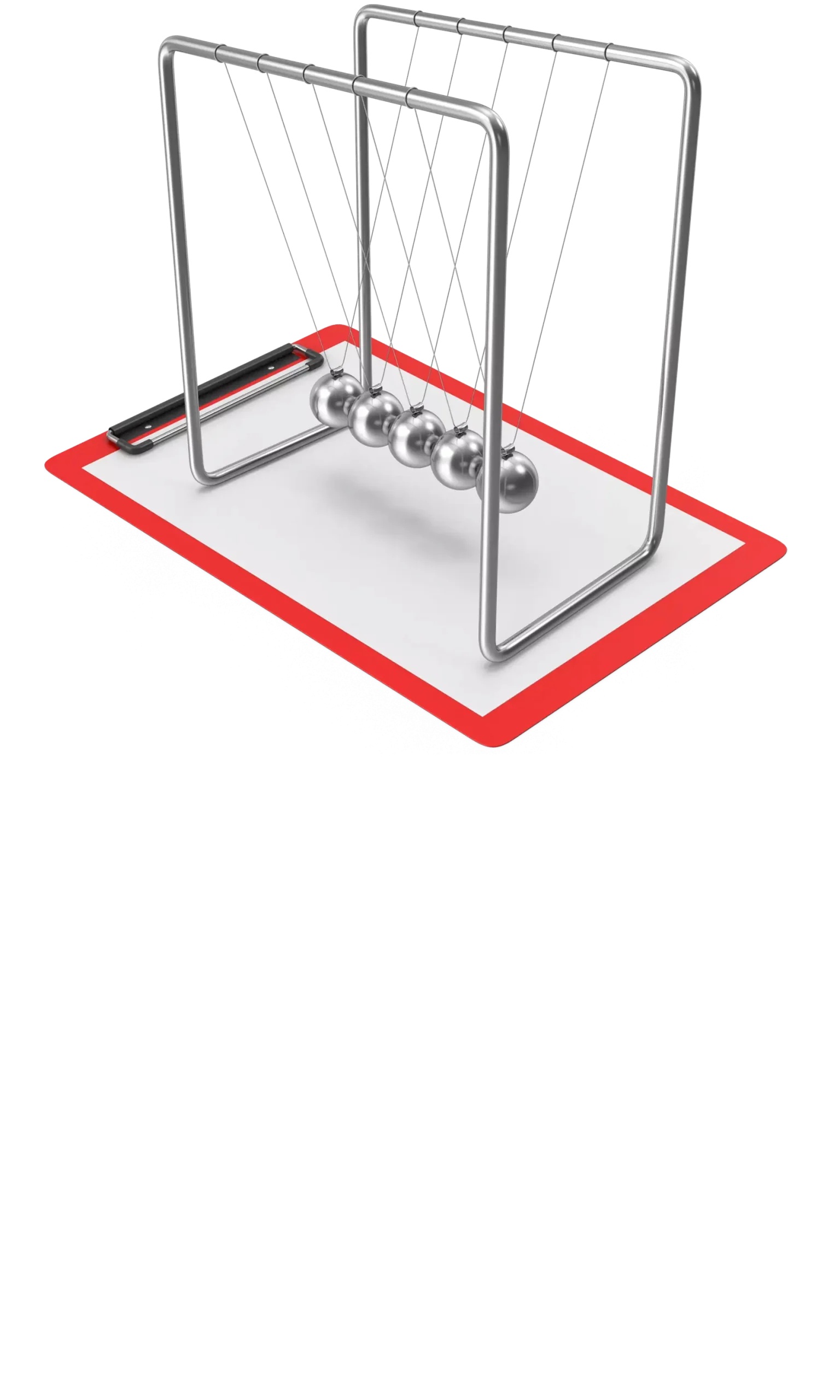Innovation Alphabet
Product-Market Fit
In a nutshell
Product-Market Fit is the key to a successful business. To make Product-Market Fit happen, an entrepreneur must identify a need in the market and build a solution capable of satisfying it. This is no small problem, the inability to come up with something that customers will want to buy is one of the main reasons why startups fail.


Problem/solution fit
Falling in love with the solution is a trap into which entrepreneurs often fall. To illustrate, Ash Maurya, author of the inspiring book Running Lean, suggests that the innovator should rather fall in love with the problem.
Instead of starting from the solution (building a product), an entrepreneur might start from defining the actual problem, make a demo, and then selling the solution. This is the primary difference between product/market fit and product/solution fit.

How to measure it
• Engagement: Interaction rate is a metric that can indicate the level of consumer loyalty to a certain brand. Recognizing the value of the product, customers tell others about their experience, and the company can attempt to replicate the success with the new users thereby attracted.
• Customer Lifetime Value: A measure that indicates the average revenue generated by a customer over the duration of their relationship. CLV makes it possible to estimate a customer’s profitability and the company’s long-term growth potential.
• Net Promoter Score: A solution used to measure the degree of customer satisfaction, which allows to predict the company’s growth curve. To understand customer reaction, the company makes a calculation starting from a question (“How likely would you recommend our company/product to a friend or colleague?”). The answer must be a number from 0 to 10. Subtract the percentage of detractors from the percentage of promoters and here is the result, expressed as a value between -100 and +100.
Do you have a Strategy & Innovation challenge to tackle? Let’s face it. Together.
C-levels from these companies (AND MORE) relied on my expertise to overcome thEIR CHALLENGES IN THIS AREA. And you can, too.
Can I help you?Industries
• Product-Market Fit in the audio streaming industry: Spotify
The famous music streaming platform was born after the death of audio file-sharing program Napster. In 2006, the creators of Spotify identified the opportunity to come up with an application that would allow users to conveniently stream music anytime and anywhere through a subscription.
• Product-Market Fit in the primary goods industry
German company HelloFresh responded to the need to improve nutrition without detracting anything from a convenient supply. From the marriage of two needs related to quality and food supply, came a platform that allows people to order kits that contain all the ingredients they need to create healthy recipes. This is done through a monthly subscription that can be canceled at any time.
• Product-Market Fit in software development
Originally created as a video game, Slack is now a messaging platform for businesses. It represents a great digital space in which users can also devote themselves to fine-tuning projects and tasks. Slack is a clear example of how careful market analysis can lead to the identification and design of a product capable of responding adequately to market demands.

Stay in wonderland
Let me show you how deep the rabbit hole goes.
Check out more of the Innovation Alphabet:

3D Printing
3D Printing
“3D printing” is a process carried out by an electronic device which, instead of resorting to the canonical ink, it molds almost any kind of material: from concrete to living tissue, most usually plastic, but also metal. And the operating principle is similar to that of a traditional printer. The creation of three-dimensional models can lead to the redesign of a company’s production capabilities.
Dive In
5G
5G
5G is the new frontier of cellular telephony. It was designed to improve (or completely replace) previous generations of mobile networks. The 5th generation features lower latency, ensuring flawless performance of business applications and many other digital experiences – thus enabling the new cultural generations to furiously play Fortnite away from home.
Dive In
Advanced Analytics
Advanced Analytics
The term “Advanced Analytics” refers to the ability to autonomously or semi-autonomously analyze data and content to identify correlations, develop analyses, predictions, and recommendations. It is not just a matter of collecting information and then organizing it into watertight compartments: the ultimate goal is to identify a dialogue pattern from a data-driven perspective.
Dive In
Agile
Agile
Agile is an approach to software development designed to respond to change. Teams quickly analyze the context in which they operate, identify uncertainties faced, and figure out how to adapt to always move forward. Interaction between individuals comes before processes and tools; collaboration with the customer is more important than negotiating contracts.
Dive In
Ansoff Matrix
Ansoff Matrix
The Ansoff Matrix is a marketing planning model that arises from the intersection of new and existing products and markets. It derives four possible strategies for expanding the company’s market, which are built around four variables with a changeable factor of risks and possibilities: existing product, new product, existing market, new market.
Dive In
Artificial Intelligence
Artificial Intelligence
Artificial Intelligence is not strictly defined. Basically, it is a computer system able to make decisions in an independent and flexible way. A good AI application can perform everyday tasks better than an average person (e.g., identifying other people from their photos on social media or beating the best chess player). Nothing to fear, then. Unless you are a chess champion.
Dive In
Artificial Scarcity
Artificial Scarcity
We often tend to desire what we cannot have. Or what we are in danger of losing: Artificial Scarcity is a strategy that flaunts a limited number of items that do not correspond to actual availability. The goal is to stimulate the perception in consumers that the stock of items is about to run out and thus create a need based on the “fear of being cut off” or the intention to buy the item in order to resell it at a higher price.
Dive In
Attack Surface
Attack Surface
The term attack surface refers to the part of a system that may be subject to attack or breach by hackers. The smaller that surface is, the easier it will be to protect it. Indeed, the Internet is an ocean of deep, dark waters: those who navigate it must be aware that they are exposing themselves to a flood of digital risks. Yet, ironically, we do not need a big boat to shelter us.
Dive In
Augmented Reality
Augmented Reality
Augmented Reality is an ever-evolving technology that overlays multimedia information on top of our common sensory horizon to gain a deeper understanding of our surroundings. No, it doesn’t allow you to step out of the Matrix dream simulation, nor can it be accessed by swallowing a red pill. But neither is it the disturbing experience of the Playtest episode of Black Mirror.
Dive In
Balanced Scorecard
Balanced Scorecard
In business, as in life, you need balance. The Balanced Scorecard is a holistic tool for strategic management. It offers, in fact, the possibility of assessing corporate performance in its wholeness. An overview that embraces four perspectives: the business/financial side, customers and stakeholders, internal processes, and learning and growth.
Dive In